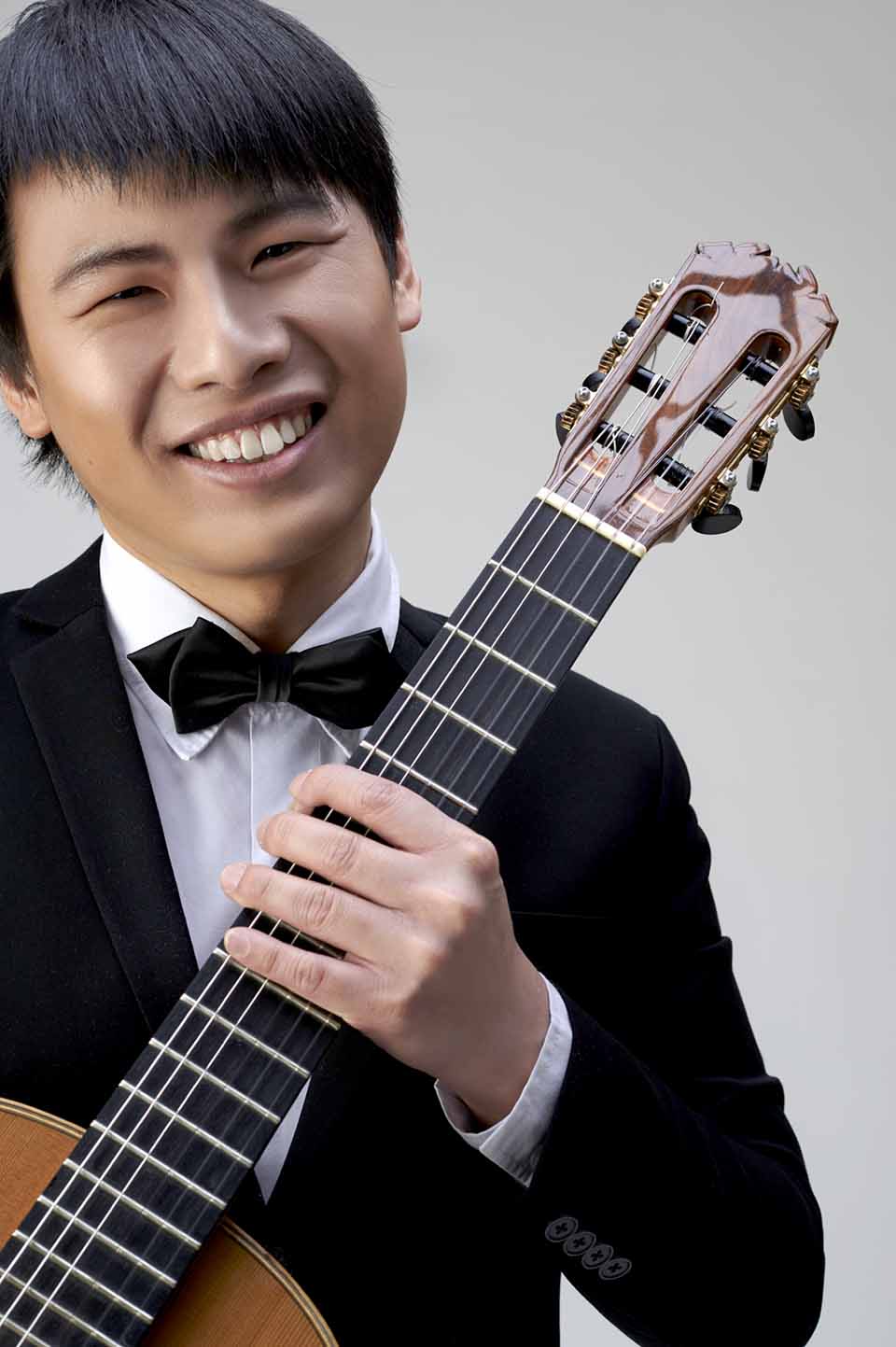
If you are familiar with English poetry, you’ll probably recognize that evocative phrase quoted from a sonnet by the seventeenth century poet, John Milton. You may even recall the opening line, “When I consider how my light is spent…”. In 1654 at the age of forty-six, Milton lost his sight and this moving poem reflects on his blindness and its implications. Loss of sight is something that most people dread and for most sighted people, the very thought of blindness is a nightmare.
When I was a young music student in London, I stayed at a kind of bed-and-breakfast lodging which British students refer to as “digs”. It was in West Kensington and I shared the rooms with another student. The place was presided over by a tall, no-nonsense landlady from Glasgow. She was an amazing character of relentless energy who cooked all the food and kept us under her maternal wing. She was also totally blind. To us, she became something of an inspirational figure because compared to her challenge, our own problems seemed rather trivial.
Classical music was her personal life support system and there was a constant stream of Bach, Mozart and Haydn from her room. Her favorite recording was Bach’s Six Suites for Unaccompanied Cello played by Pablo Casals. We must have heard it dozens of times.
The eminent British neurologist Oliver Sacks writes about music and blindness in his fascinating book Musicophilia (2007) which explores ways in which music affects the human condition. “The image of the blind musician or poet,” he writes, “has an almost mythic resonance, as if the gods have given the gifts of music and poetry in compensation for the sense they have taken away.” He mentions several blind musicians including Stevie Wonder, Ray Charles, Art Tatum and José Feliciano.
In the world of classical music, there are several notable composers who were also blind. They include the Spanish composer Antonio de Cabezón, the medieval Italian composer Francesco Landini and the Austrian pianist and composer Maria Theresia von Paradis, who was a close friend of Mozart. Among many others were the French composers Jean Langlais and Louis Vierne, the Spanish composer Francisco Tárrega and the British composer Alec Templeton. But perhaps the most well-known is the Spanish musician Joaquin Rodrigo, who lost his sight at the age of three after contracting diphtheria.
Rodrigo once said, “The loss of vision was the vehicle that took me down the road to music.” He wrote a vast amount of it too: dozens of works for solo guitar and piano, concert pieces for cello, harp, violin and a substantial number of orchestral works. And in case you’re wondering, Rodrigo wrote his music using Braille. Its 19th century inventor Louis Braille also created symbols for music as well as for letters which were converted into conventional notation before publication.
Rodrigo’s best-known works are the Concierto de Aranjuez, a guitar concerto written in 1939 and named after the city of Aranjuez, and the Fantasía para un gentilhombre of 1954 which is a guitar concerto in all but name. It translates as Fantasia for a Gentleman which makes you wonder which gentleman the composer had in mind. Well, the work was composed at the request of the distinguished Spanish guitarist Andrés Segovia, who is thought to be the gentilhombre of the title.
One of the challenges in writing a guitar concerto is ensuring the orchestral sound doesn’t over-power the soloist. Rodrigo solved the problem in two ways. Firstly, he used fewer strings and a tiny wind section of just piccolo, flute, oboe, bassoon and trumpet. Secondly, he wrote beautifully transparent orchestration, which allowed the guitar sound to shine through the texture. He also passed the melodic line between various instruments or initiated musical “conversations” between the solo guitar and some of the orchestral instruments, especially the winds.
This sophisticated orchestral writing works superbly in this performance by Thailand’s Chinnawat Themkumkwun and the TPO. This brilliantly talented guitarist has been described as “a passionate musician and one of the most inspired young classical guitarists”. Since making this video six years ago, Chinnawat has gone on to win over fifty prestigious awards around the world for his masterful, insightful and musical performances.
The four movements are based on dances for solo guitar by the seventeenth-century Spanish composer Gaspar Sanz, who published a three volume manual for aspiring guitar players. The volumes were combined in 1697 and published as Instrucción de música sobre la guitarra Española. Rodrigo expanded on Sanz’s original themes to produce a delightful work with the unmistakable flavour of the Renaissance.
Incidentally, the fourth movement (18:11) is entitled Canario and takes the style of a folk-dance from the Canary Islands. Towards the end of the movement, Rodrigo adds canary imitations. He was presumably unaware that the Canary Islands are not named after the bird, but after the hordes of wild dogs that lived there. The older and rather more prosaic Latin name, Islas Canaris (“Island of Dogs”) probably accounted for the confusion.
 |
 |
 |





